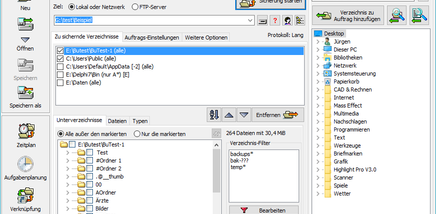

What’s more, there are four schedule types provided in EaseUS Todo Backup Free – “One-time backup”, “Daily”, “Weekly”, and “Monthly”, which allows you to perform automatic backups easily. By comparison, differential backups will back up changed data since the last full backup. Incremental backups will back up data that has changed since the last backup, either a full backup or an incremental backup. To help you save backup time and backup disk space, it enables you to do incremental and differential backups. Various backup types are available in EaseUS Todo Backup: System Backup, Partition/Disk Backup, and File Backup. For instance, if you edit a file on Thursday but then you want the Wednesday version, File History can help you make it.ĭo not support Windows versions earlier than Windows 8 Do not support backing up to internal drives or cloud drives.ĮaseUS Todo Backup is an easy-to-use backup utility. The backup task will run hourly by default, and you can choose other time intervals like “Every 10 minutes” and “Every 15 minutes”, etc.įile History not only provides you with a way to recover lost, deleted, or damaged files, but also gives you a chance to restore previous versions of your files. To protect your files against system crashes or other PC problems, File History allows you to backup to two locations: external hard drives and network drives. To be more accurate, File History can help you backup files in the Documents, Music, Pictures, Videos, and Desktop folders as well as backup the OneDrive files available offline on your PC. Provide different backup solutions for different needs.ĭo not support USB drives as the backup location when creating a system image Do not have advanced backup options like compressing backup images and configuring email notification.įile History, as its name refers, is a tool used to backup files. You are allowed to set a schedule for the backup task.

Just follow the wizard to choose backup destination and backup contents.

If you want to backup specific drives or files, you can go to “Set up backup”. The disappointing part is that it doesn’t allow you to select a USB flash drive or thumb drive as backup destination. The pleasant part is that it will automatically select the drives that are required for Windows to run. If you want to back up your computer OS, you can make use of the “Create a system image” feature. It can help you back up not only the operating system but also entire drives or selected files/folders. You can find it on Windows Vista and later versions (except Windows 8.1). Keep on reading to get your best pick.īackup and Restore is a backup tool offered by Microsoft. This guide offers you 5 free backup programs in Windows among which 2 are Windows built-in tools and 3 are reliable third-party software. Backup, a copy of physical or virtual data, plays an important role in disaster recovery.


 0 kommentar(er)
0 kommentar(er)
